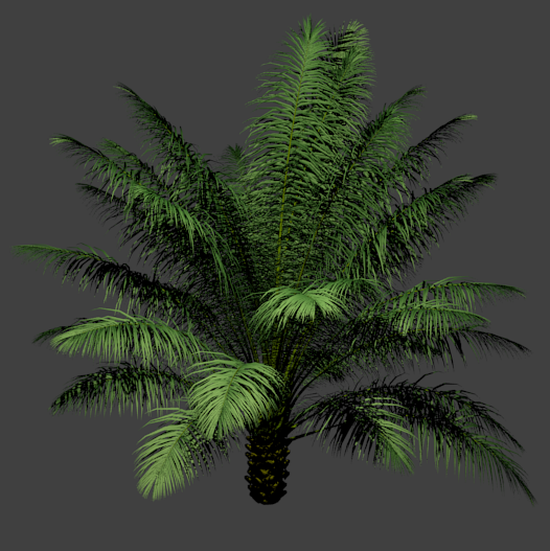
ARCHIMED-φ (pronounced ARCHIMED-phys) is part of the ARCHIMED modeling platform and is used to simulate the biophysical processes such as leaf irradiation, transpiration, temperature and ultimately carbon assimilation. By doing so, detailed information can be integrated from the individual leaf scale up to the individual plant scale, even within complex stands such as agroforestry systems. Simple numerical methods are used for solving multiple feedback between light, energy, water and CO2 transfers at leaf, plant and plot scales. Numerical calculations applied at different scales allow simple implementation of complex models involving intricate processes.

